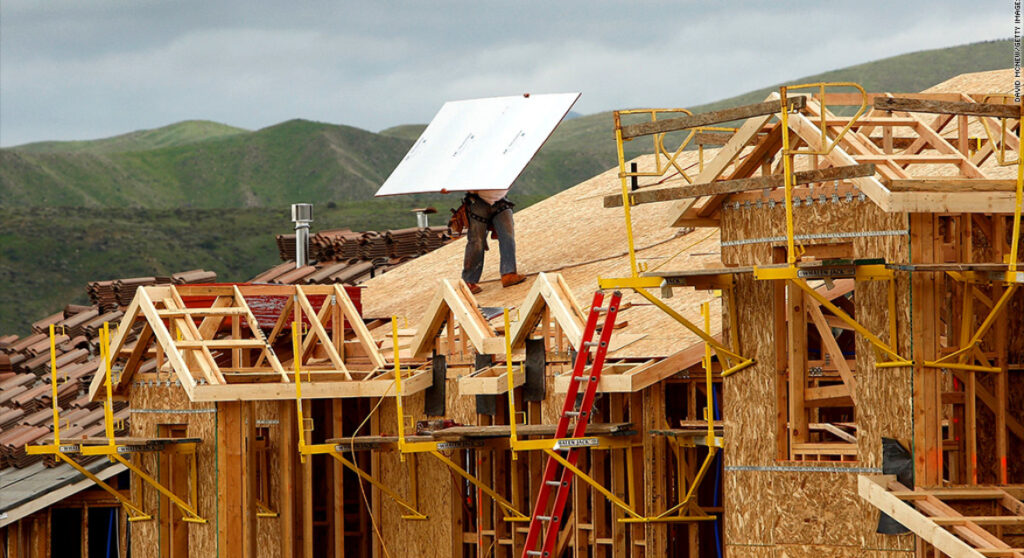
Kamala Harris’s ambitious pledge to build 3 million new homes if elected president would require significant changes to state and federal regulations, addressing several existing barriers to housing development. Achieving this target involves not only addressing housing shortages but also overcoming regulatory challenges related to zoning, construction, financing, and environmental regulations. For Harris to fulfill such a promise, the following key regulatory reforms at both state and federal levels would likely be necessary:
1. Zoning Reform
One of the primary obstacles to large-scale housing development in the U.S. is restrictive local zoning laws, particularly single-family zoning, which limits the type of housing that can be built in many urban and suburban areas. To meet the goal of 3 million new homes, Harris would need to advocate for reforms that allow for higher-density housing, such as duplexes, townhouses, and apartment buildings, in areas currently zoned exclusively for single-family homes.
At the federal level, Harris could incentivize states and municipalities to adopt zoning reforms by tying federal funding for infrastructure and transportation projects to pro-housing zoning laws. This strategy could encourage local governments to loosen zoning restrictions, enabling the development of more multi-family housing units.
States would also need to implement broader zoning reforms, reducing the complexity of zoning regulations that often delay or block new housing developments. The creation of “by-right” zoning, which allows developers to build without needing special permits, could significantly speed up the construction process and reduce costs.
2. Streamlining Environmental and Land Use Regulations
Environmental regulations often delay or prevent housing projects, particularly in states with stringent laws like California. While maintaining environmental protections is crucial, Harris would need to streamline federal and state-level regulations that slow down housing production. One way to achieve this would be to create clearer and faster processes for environmental impact assessments under the National Environmental Policy Act (NEPA), particularly for housing projects in areas already zoned for development.
State-level environmental laws, such as the California Environmental Quality Act (CEQA), which has been used to challenge and block housing projects, would need reform. Harris could advocate for adjustments that prioritize housing production while maintaining essential environmental protections. For example, exemptions or expedited review processes for projects that align with sustainable and urban planning goals could be introduced to minimize delays in housing development.
3. Expanding Federal and State Housing Financing Programs
Financing is another critical component of building affordable housing at scale. Harris would need to expand federal programs that support affordable housing development, such as the Low-Income Housing Tax Credit (LIHTC) program. By increasing the availability of tax credits and grants for developers, particularly those focused on affordable and multi-family housing, Harris could incentivize the private sector to participate in meeting housing needs.
Additionally, federal funding for affordable housing construction under programs like the Housing Trust Fund and Community Development Block Grants (CDBG) would need to be significantly increased. Harris could also propose new financing mechanisms, such as low-interest loans for developers building affordable housing in high-demand areas, as well as public-private partnerships to leverage private capital for housing projects.
At the state level, increased collaboration between state housing authorities and federal agencies would be necessary to distribute funding efficiently. States could also streamline the approval process for accessing these funds, reducing the bureaucratic red tape that often delays affordable housing projects.
4. Addressing Labor and Construction Costs
The rising cost of construction labor and materials has been a significant barrier to housing development. Harris would likely need to advocate for policies that address the skilled labor shortage in the construction industry. This could involve federal funding for vocational training programs to create a pipeline of skilled workers, particularly in trades like carpentry, plumbing, and electrical work.
Additionally, she could encourage states to adopt regulations that promote the use of prefabricated and modular housing construction, which can reduce costs and shorten the construction timeline. States might also need to revise building codes to make them more flexible, allowing for innovative construction techniques that can lower the overall cost of development.
5. Encouraging the Development of Federal Land
Another potential avenue for meeting the 3 million homes target is the development of federal land for housing projects. The federal government owns vast tracts of land, particularly in Western states. Harris could propose legislation that allows for the transfer or leasing of federal land to states or private developers, specifically for the construction of affordable housing. This approach could ease the cost of land acquisition, which is one of the most significant expenses in housing development.
6. Tenant and Renter Protections
While building new homes is essential, Harris would also need to implement protections for renters to ensure that new housing does not merely fuel speculative investment but remains affordable. She could propose federal rent control standards or stronger tenant protections to prevent displacement in areas where new developments occur.
In conclusion, Kamala Harris’s goal of building 3 million new homes would require significant regulatory changes at both the state and federal levels. Zoning reform, streamlining environmental regulations, expanding housing financing programs, addressing labor and construction costs, developing federal land, and implementing renter protections are all critical components that must be addressed. By promoting these reforms, Harris could create a regulatory environment conducive to large-scale housing development, addressing the nation’s ongoing housing crisis.










